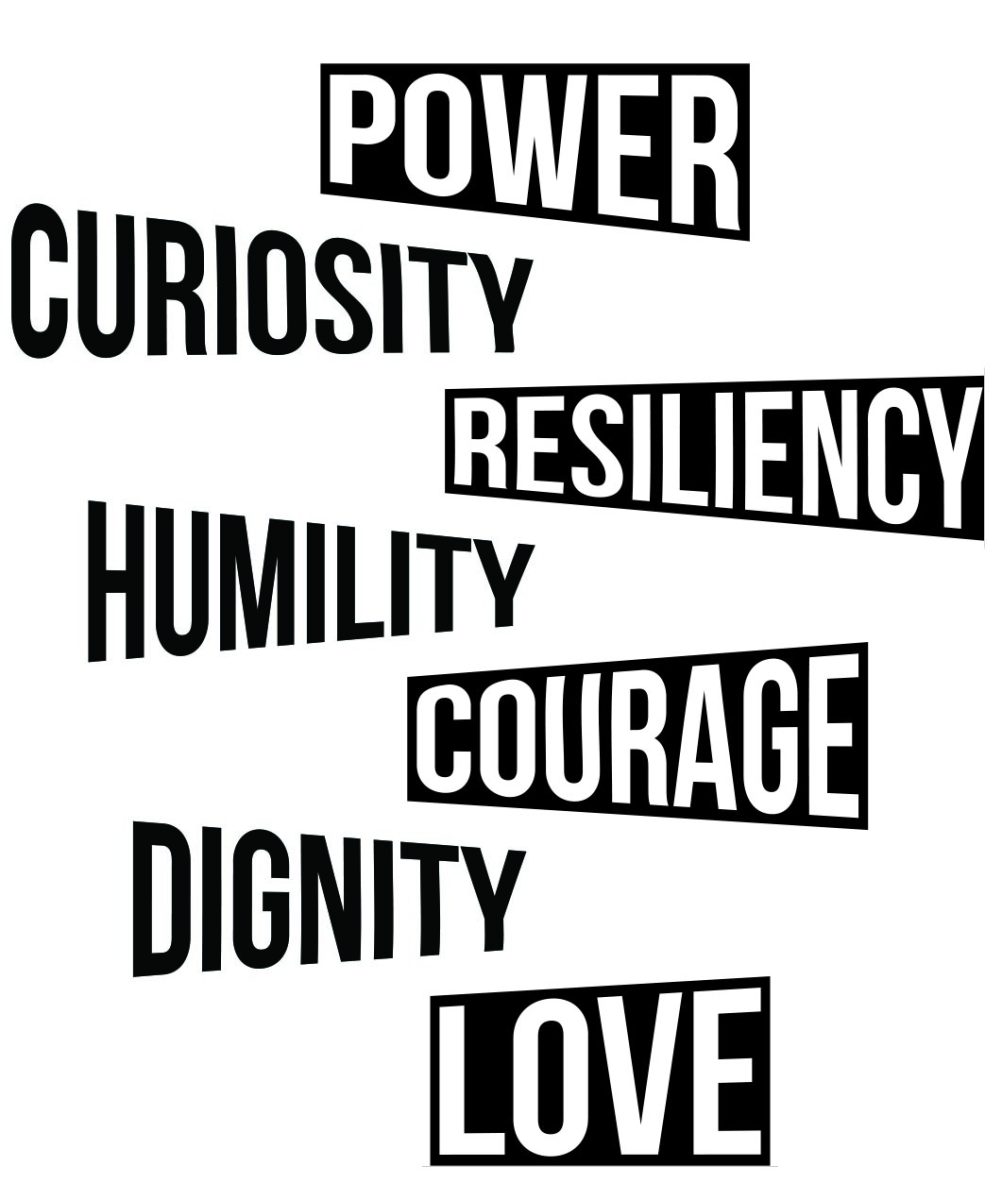With Spanish being the second most common language in the world it is no surprise that many U.S. citizens speak the language. And with English coming as the third most common language, it is important to learn two languages.
Learning two languages can be challenging for a lot of people. Although it can be challenging, there is research that shows the benefits of being bilingual.
According to USA Today, “children who are exposed to other languages also do better in school, score higher on a standardized testing, are better problem solvers and are more open to diversity.”
The younger a person is, the easier it will be for them to learn a second language it seems. Children acquire languages much faster than adults because they process at a much faster pace. Children are predisposed to absorb information and learn subconsciously.
Adults have to force themselves to learn a second language and it becomes harder the older someone gets. There are many schools who offer two-way bilingual programs.
According to the Intercultural Development Research Association, two-way bilingual programs are where “students receive instruction in English and another language in a classroom that is usually one half native speakers of English and one half native speakers of the target language. All student develop proficiency in both languages.”
Two-way bilingual schools not only benefit the students but the schools, as well. According to the French Immersion School of Washington, bilingual schools tend to have higher overall test scores and are better problem solvers. It also gives their students an advantage in the social world because it allows them to communicate with children from other cultures and a higher understanding of those cultures.
Along with this, there is a good substantial amount of four-year university programs who require at least six credits of foreign languages. According to the National Center for Education as of 2010, there were about 98,800 public schools, and from those schools, there are only 458 two-way bilingual immersion schools. If there were more bilingual programs, students would not dread taking foreign language classes at a university level.
Students should be offered the opportunity to learn a second language at a young age in order to better their performance in higher education systems. By providing opportunities for bilingualism in grade school students are more likely to thrive academically and have more lifelong advantages.
So yes, being bilingual can be very challenging, but it is also rewarding. Even if someone feels too old to learn two languages, it is never too late to learn a second language.






